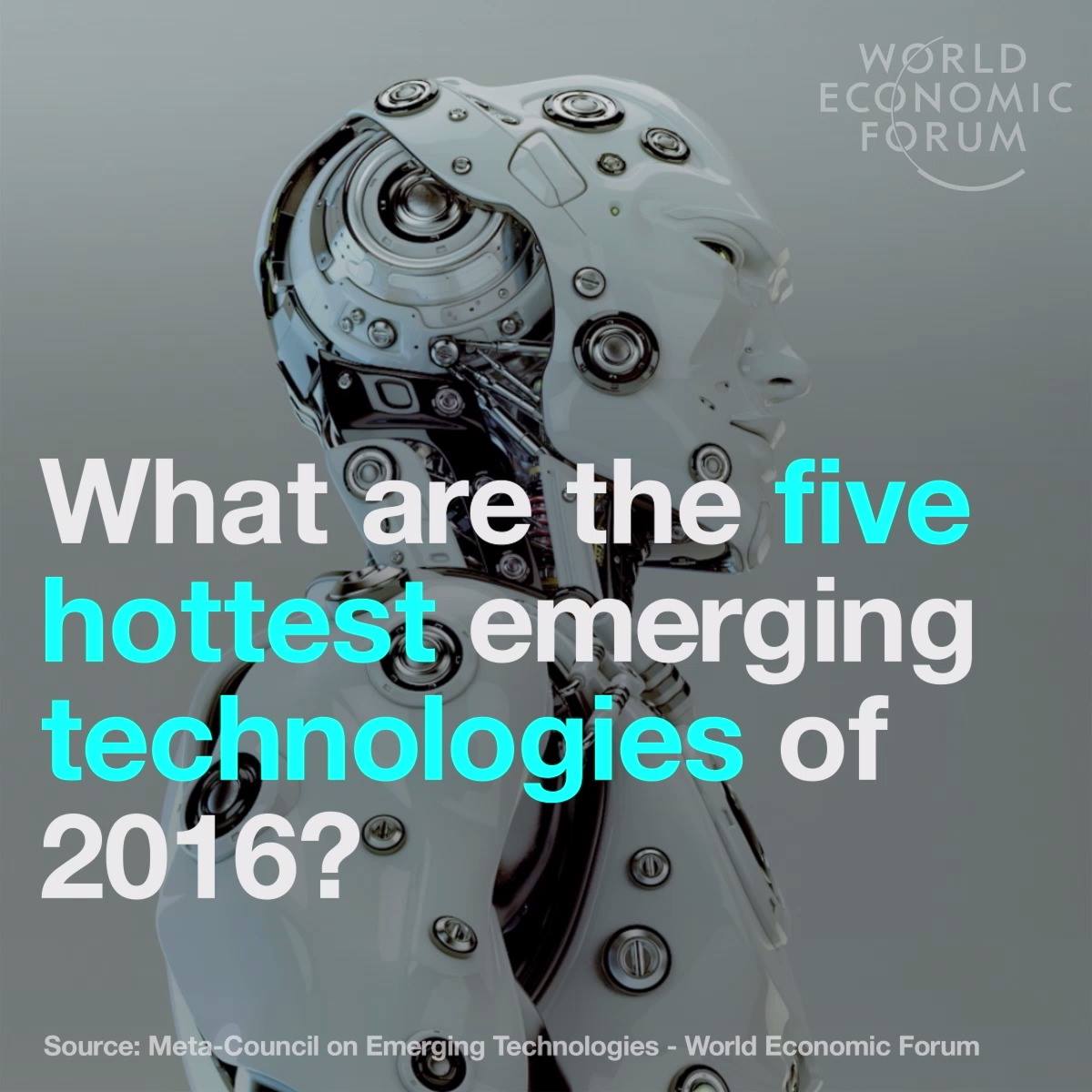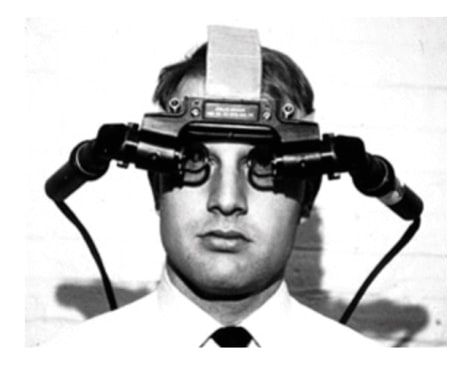Page 10794
Oct 8, 2016
MIT is making customizable, bouncy robot skin
Posted by Elmar Arunov in categories: 3D printing, robotics/AI
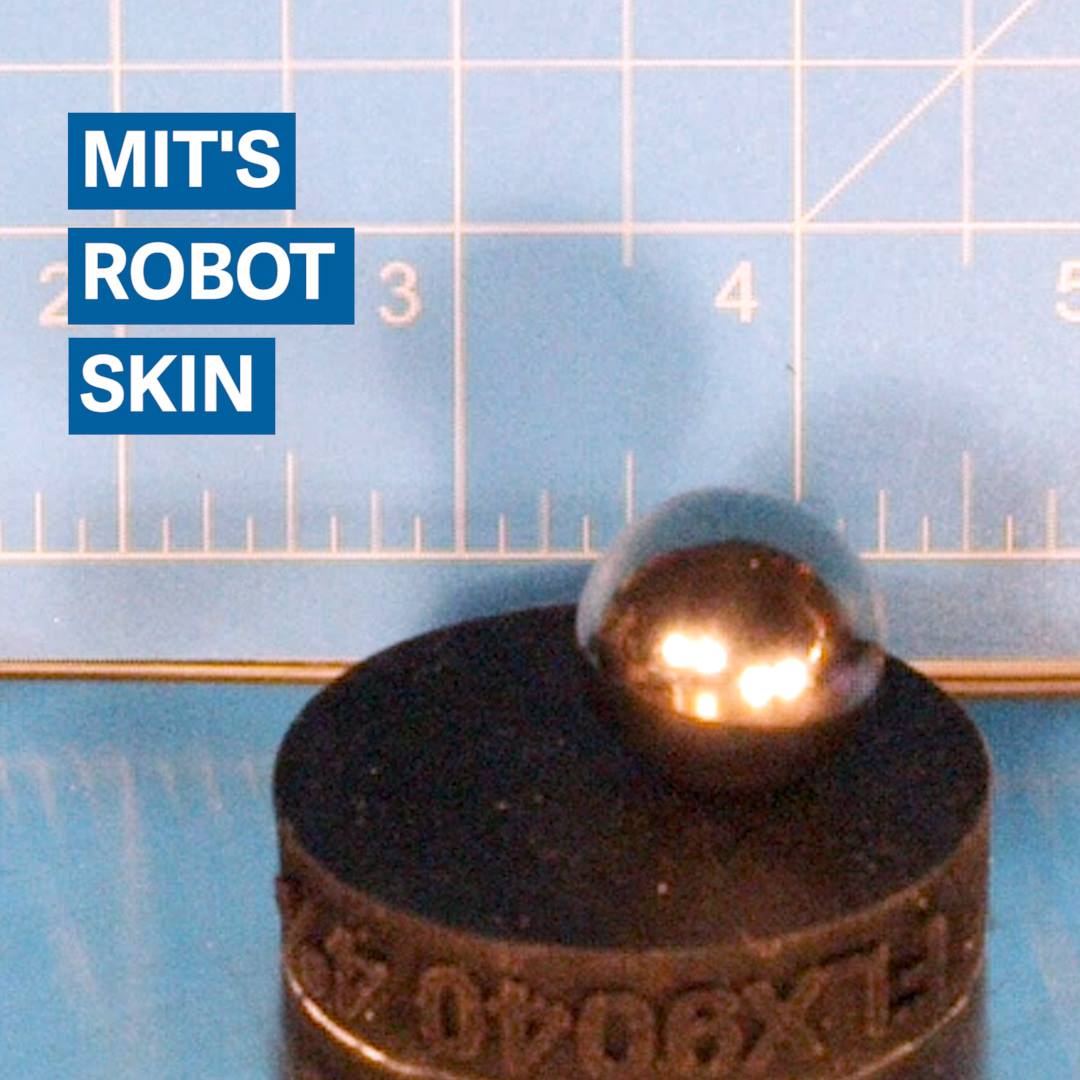
MIT is 3D-printing a new type of robot skin that’s a lot more customizable than human skin.
Oct 8, 2016
Nanomachines Score The 2016 Nobel Prize in Chemistry
Posted by Elmar Arunov in categories: chemistry, nanotechnology
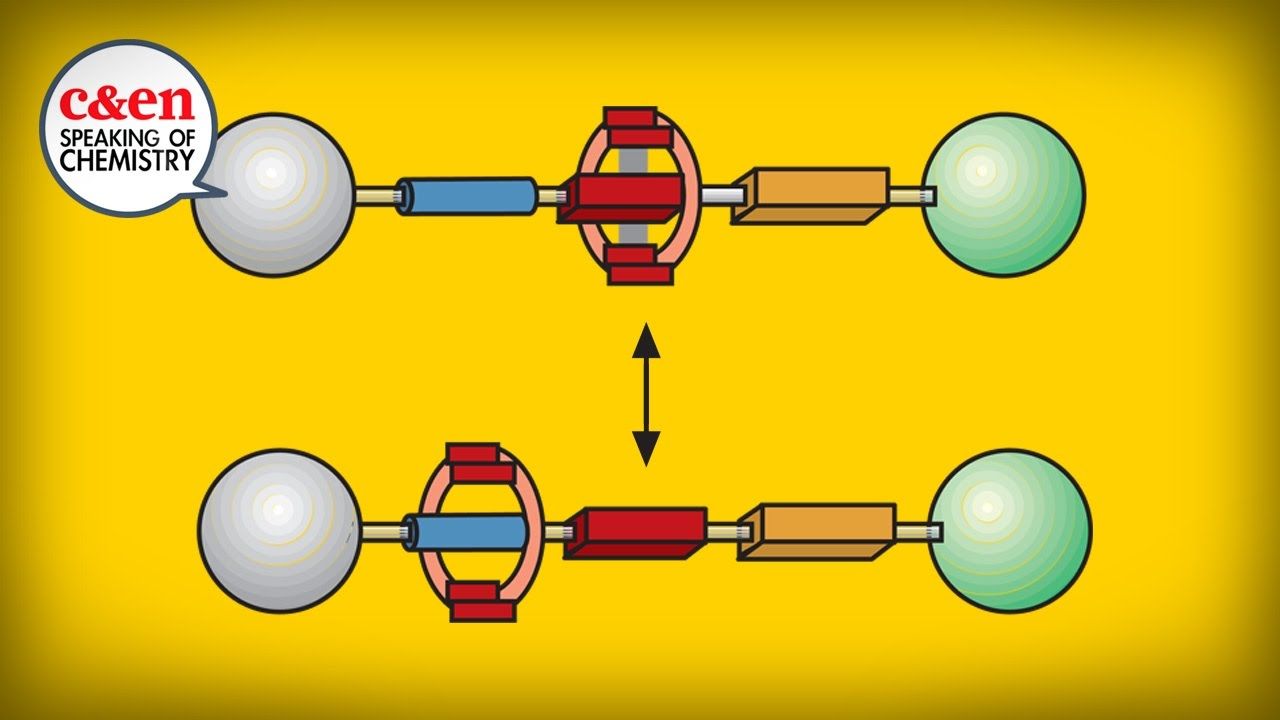
In Brief.
- Jean-Pierre Sauvage, Sir Fraser Stoddart and Bernard Feringa will share the prize for their design and synthesis of the ‘world’s smallest machines.’
- The state of molecular machines today is at the same level as that of the electric motor in the 1830’
A trio of European scientists brought home the 2016 Nobel Prize in Chemistry. Jean-Pierre Sauvage, Sir J. Fraser Stoddart and Bernard L. Feringa were awarded 8 million Swedish krona for their work on molecular machines.
Continue reading “Nanomachines Score The 2016 Nobel Prize in Chemistry” »
Oct 8, 2016
What Happens When You Create a Chatbot to Memorialize a Friend
Posted by Elmar Arunov in categories: engineering, robotics/AI
Whenever we lose someone close to us, there’s an inclination, a need even, to sort through our memories of that person. Memories not just in our minds, but our digital memories too—emails, texts, photos, videos, social media posts.
But eventually, we have to stop looking through those texts and photos, because after a while, it’s like listening to a song on repeat for too long. The memories are static, they will never change, shift, and grow like the real person, and you just have to move on.
When Eugenia Kuyda lost her best friend, Roman Mazurenko, she wanted to memorialize him in a different way. As the cofounder of Luka, an artificial intelligence startup which recommends books and restaurants through a chat interface, Kuyda worked with her engineering team to collect thousands of Mazurenko’s texts and create a chatbot based on his personality.
Continue reading “What Happens When You Create a Chatbot to Memorialize a Friend” »
Oct 8, 2016
Robots Have Learned to Pool Their Experience to Acquire Basic Motor Skills
Posted by Elmar Arunov in categories: information science, robotics/AI
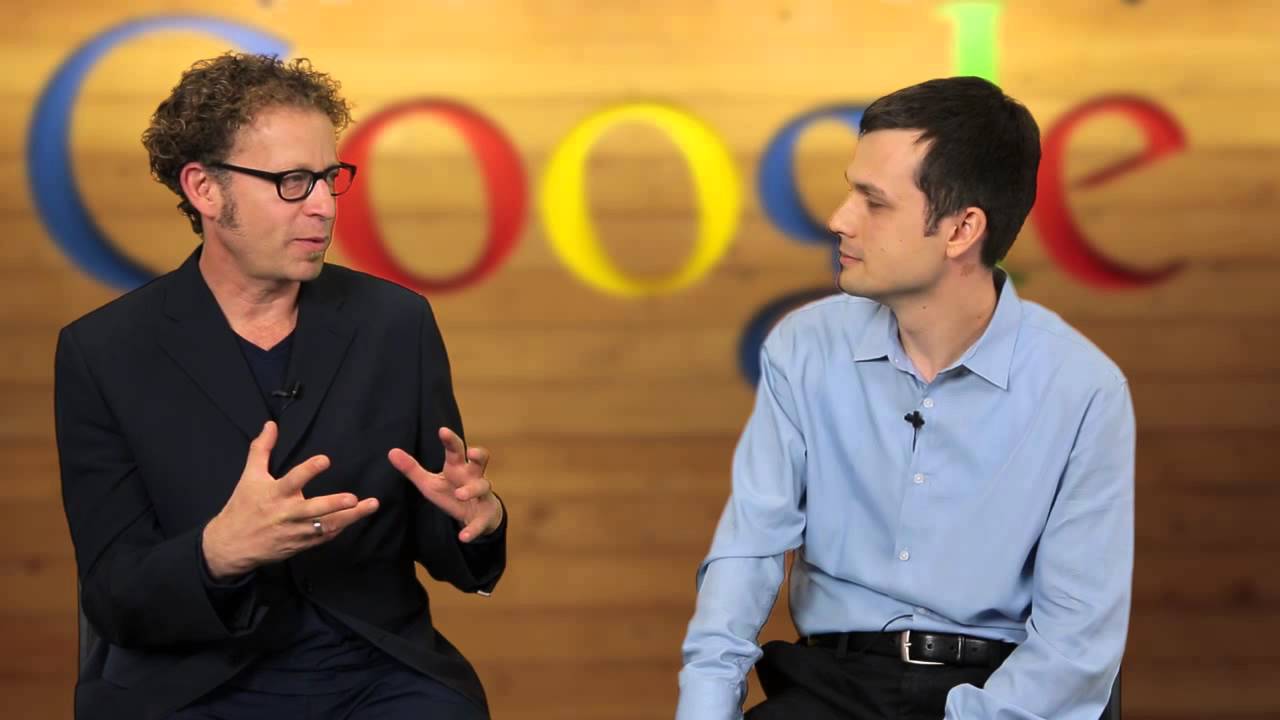
In Brief.
- A task that would take one robot years to complete could be done in just a few weeks if multiple robots are allowed to communicate with one another.
- As algorithms and technology advances, a robot cloud could help us best utilize bots within our daily lives.
Robots, for all their helpfulness in performing tasks that we would rather not do (usually because those tasks are dangerous or boring), first need to be coded in order to do the work. These specific sets of commands tell the machines what exactly they need to do and define how to do it.
Continue reading “Robots Have Learned to Pool Their Experience to Acquire Basic Motor Skills” »
Oct 7, 2016
Wheego and Valeo get California road driverless testing permits
Posted by Shane Hinshaw in categories: robotics/AI, sustainability, transportation
Self-driving car testing in California is becoming a badge of progress for companies working in the space. Only 17 companies in total have the honor, including two just added to the list: Wheego Electric Cars, and Valeo North America.
The Wall Street Journal reports that both these new companies now have approval to run tests with a single vehicle each, and four drivers per team. That might not sound like much, but it’s a foot in the door, and membership in the club is itself somewhat testament to how much the companies have already accomplished, since the other members include major carmakers like Tesla, Cruise (which got its license before being acquired by GM), promising startup Drive.ai, and Baidu, to name a few.
The new members are interesting additions: Wheego is an electric carmaker which got its start taking Chinese-Built cars, outfitting them with battery’s and electric motors in the U.S. and putting them on the road. The company now says it builds electric vehicles designed “for a global market,” and focuses on the benefits of connected tech in making vehicles aware of their surroundings.
Continue reading “Wheego and Valeo get California road driverless testing permits” »
Oct 7, 2016
How to Get Lost in Augmented Reality — By Tanya Basu | Inverse
Posted by Odette Bohr Dienel in categories: augmented reality, ethics
“Augmented reality offers designers and engineers new tools and artists a new palette, but there’s a dark side to reality-plus.”
Oct 7, 2016
Synapse-like memristor-based electronic device detects brain spikes in real time
Posted by Sean Brazell in categories: biotech/medical, computing, cyborgs, robotics/AI
Neural Nanonics here we come: “Could lead to future autonomous, fully implantable neuroprosthetic devices”

Oct 7, 2016
The eight scientific breakthroughs set to revolutionise our future
Posted by Shane Hinshaw in categories: biotech/medical, innovation
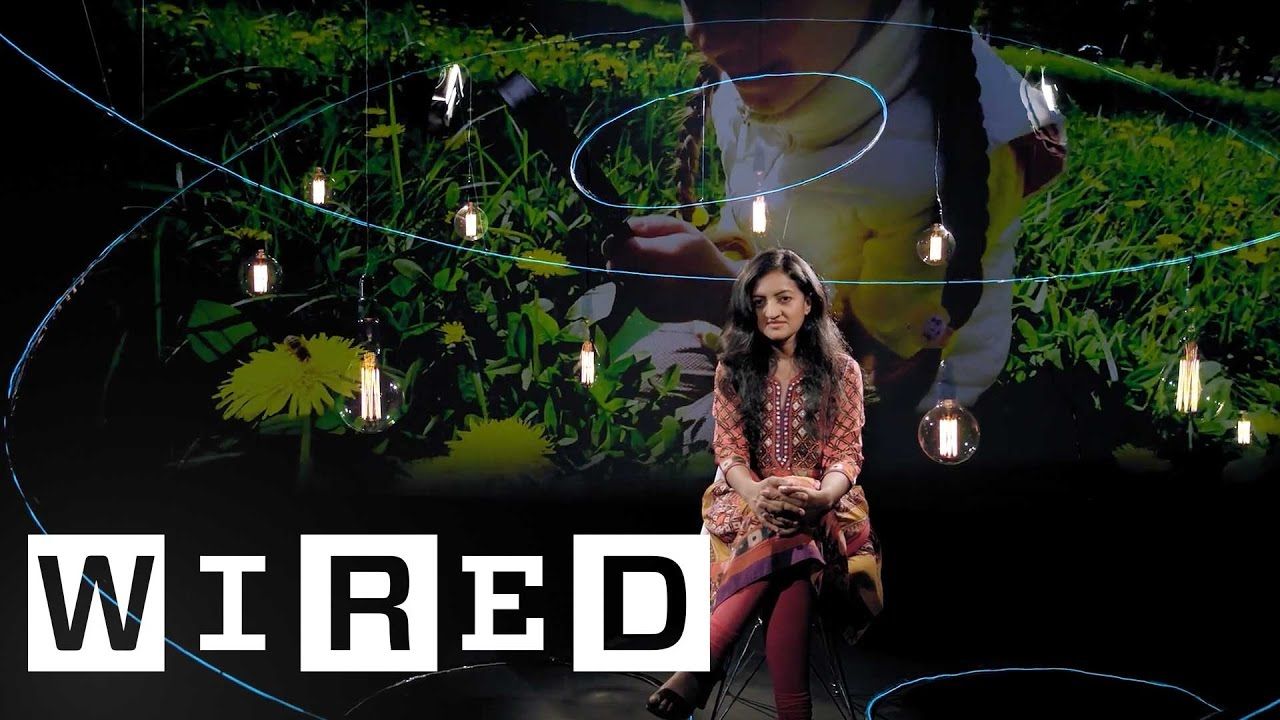
A scientific breakthrough can unlock long-standing problems and have the potential to have a long-term impact on human wellbeing. But which UK project thrilled and amazed us in 2016?
Oct 7, 2016
Glow-in-the-dark bike path lights the way in Poland
Posted by Shane Hinshaw in categories: innovation, materials
Two years ago, Studio Roosegaarde created a glow-in-the-dark bike path in Eindhoven, Netherlands, helping to light the route in a exciting way. Inspired by that, a materials technology center in Lidzbark Warminski, Poland, has followed suit, with equally dazzling results.
The materials tech center, TPA Gesellschaft für Qualitätssicherung und Innovation (TPAQI), tells New Atlas that it first drew attention to the Eindhoven bike path at a local road forum event. The underlying concept was floated as a potential option for creating something that would reflect the beauty of the surrounding landscape.
Work began about a year ago, with lab tests into how the glowing effect would be created. A variety of different materials and colors were tested, with the aim of creating something that would both look great and that would increase safety for cyclists and pedestrians.
Continue reading “Glow-in-the-dark bike path lights the way in Poland” »
